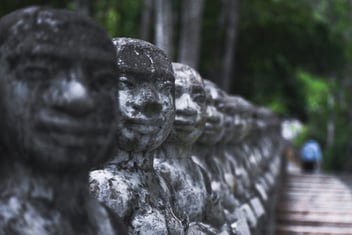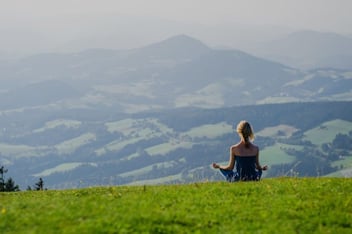How to Make Your Retreats a Safe and Inclusive Space for Everyone
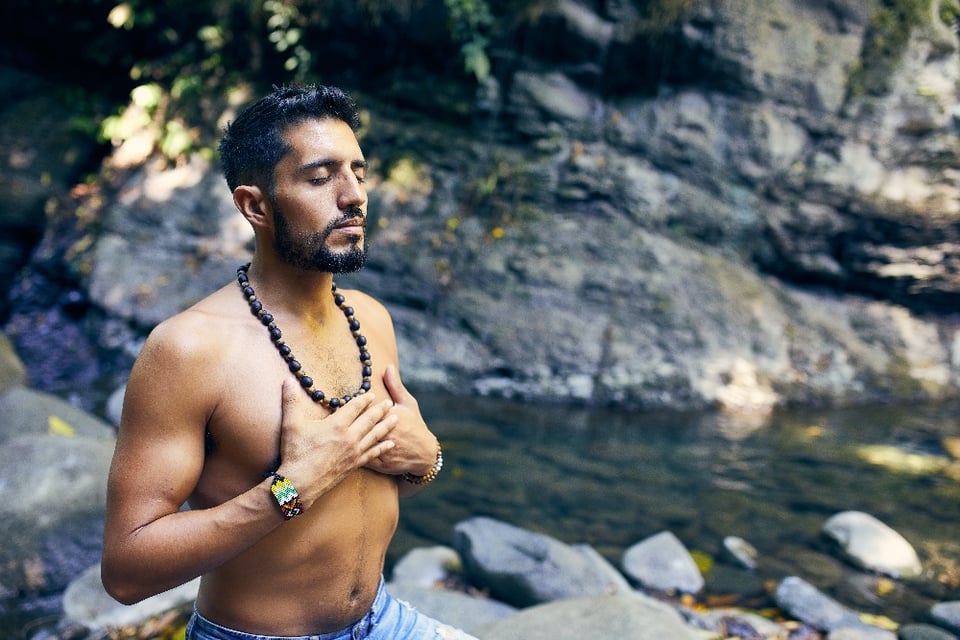
It can be a big decision for many people to go on a retreat and when they do, they want it to be an experience that is safe and that they trust will help them grow. That feeling of safety, inclusion, and compassion lets them get more out of the journey to build deeper connections with others and themselves.
It doesn’t matter what kind of retreats you offer, making your participants feel safe, valued, and included should be a top priority.
This goes beyond just giving your guests a big welcome when they arrive. It’s about the small, day-to-day actions your center takes and the overall atmosphere you provide throughout their experience. All of these working together is what leaves a positive lasting impression.
In this blog post, we will lay out some important things to consider to make all kinds of guests feel safe, included, and valued at your retreats.
How to Get Started
Making your guests feel truly welcomed means tuning into the needs, wants, concerns, and values of different groups. Everyone has their own life experiences which impacts their sensitivities and how they see the world. It’s important to try and understand things from their perspective.
One thing you can do is connect with other retreat leaders who have experience building more inclusive retreat environments. Outside of retreat leaders, you might know other people in your personal network that have some valuable insights to share. They could have knowledge and experiences that can help you see how your retreat center comes across to people from different backgrounds or sexual orientations.
Helping more groups of people feel welcomed and valued at your retreats can open the door to even more participants in the long run.
#1 Take a Closer Look at Your Team
Making your retreats more inclusive starts by having a diverse range of perspectives and life experiences on your team.
The people who run your retreats and make the important decisions can have an impact on the kind of bookings you receive. When you have more diversity on your team, it can be easier for potential participants to feel more connected with your retreat before they book. It might help them feel more at ease beforehand and trust that the experience will be right for them. It will also show them that your retreat center cares about their experience and values who they are.
If you notice that a lot of your participants tend to come from similar backgrounds, try adding some more diverse perspectives to your team and adjusting your marketing materials. This can help change that.
For example, if you run retreats in a country where you are not native, consider collaborating with or working directly with leaders from the local community. This will ensure you receive valuable perspectives from someone who is deeply familiar with the local culture and traditions, making your retreats a more inclusive space for locals as well.
#2 Assess Your Current Operations for Accessibility
The language used at your retreat center and in your marketing materials could be making certain groups feel excluded without you even realizing it. It’s often the small subtleties that people pick up on that give them a weird feeling.
Take some time to go through your retreat center and your materials, asking yourself the following questions:
- Do you offer gender-neutral bathrooms?
- Do you use gender-inclusive language in your website copy, registration materials, and retreat offerings?
- When you look through marketing imagery, do you see a range of body sizes, abilities, and racial/ethnic diversity?
- If you operate in a multilingual country, do you offer all of your materials in multiple languages?
- If you offer movement practices, do you provide options for a wide range of bodies or people with certain disabilities?
- Are you mindful of any harmful language that perpetuates stereotypes or unintentionally conveys a bias against marginalized groups?
- If you offer couples’ retreats, massage packages, or other offerings for couples, are you clear that LGBTQ+ couples are included? Check for gendered or heteronormative languages like “husband and wife” and use “you and your partner” instead.
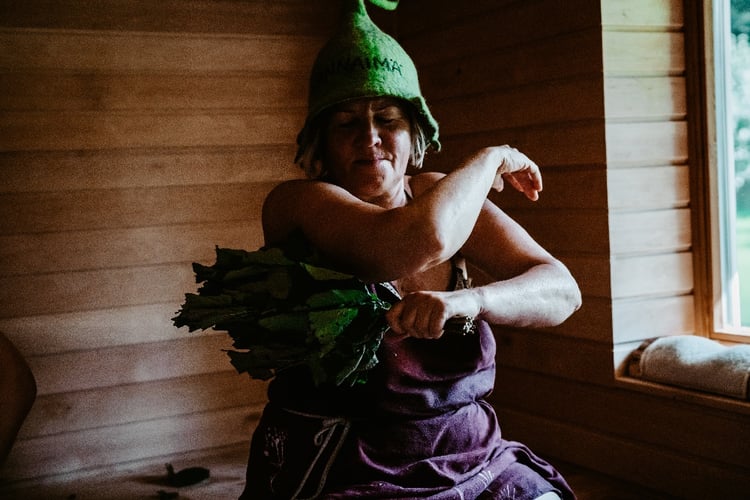
Create a list of anything you find that should be addressed and make a timeline for how and when those changes will be made. Small, achievable steps will lead to more progress in the long run!
#3 Honor and Give Credit to Different Peoples and Cultures
Much of the wisdom and traditions that a lot of mindfulness and wellness retreats focus on come from people of diverse backgrounds and cultures. At your retreat center, you should make it a practice to honor the cultural roots of the teachings and practices you share.
Teaming up with an organization or individual from that community is another great way to give back when your retreats draw on cultural perspectives that are not yours. In the end, your goal is to share their wisdom and teachings with others to help them awaken to their own consciousness.
#4 Safe Retreats Require Welcoming Staff
As we mentioned before, your team can have an impact on the type of bookings you receive. The tricky thing with creating more inclusive retreats is that some employees are often unaware of their subtle behaviors that might be a little exclusionary.
Once you have taken time to assess your current operations and materials, consider offering employee training focused on fostering more inclusivity. Depending on the time and resources you have available for such a training, it could be a few hours or a few days long. Include this type of content in your staff training manual and/or orientation.
Creating safe retreats also requires that you, as the retreat leadership, be willing to acknowledge and address any exclusionary, biased, or otherwise unacceptable behavior in a timely and clear manner. Use any events as an opportunity to help your staff learn and grow. Remind them that we all make mistakes and the important thing is how we improve moving forward.
#5 Actively Pursue Diverse Retreat Leaders and Topics
Do you run a retreat center that primarily caters to yoga? Cleansing and detoxes? Fitness? Spiritual practices? Take a look at the demographics of facilitators who will be holding space at your center over the next year to see how much diversity is represented. If your potential guests don’t see people who have similar life experiences in retreat leadership, they are less likely to come.
If your roster of facilitators defaults to certain races, cultures, or backgrounds, it’s time to take steps to diversify. Do some research to identify facilitators and teachers from a broader range of backgrounds who could be a good fit for your retreat center. Reach out to them directly and invite them to consider hosting a retreat at your center. Highlight all of the ways you are prepared to help make their experience hosting with you positive from start to finish.
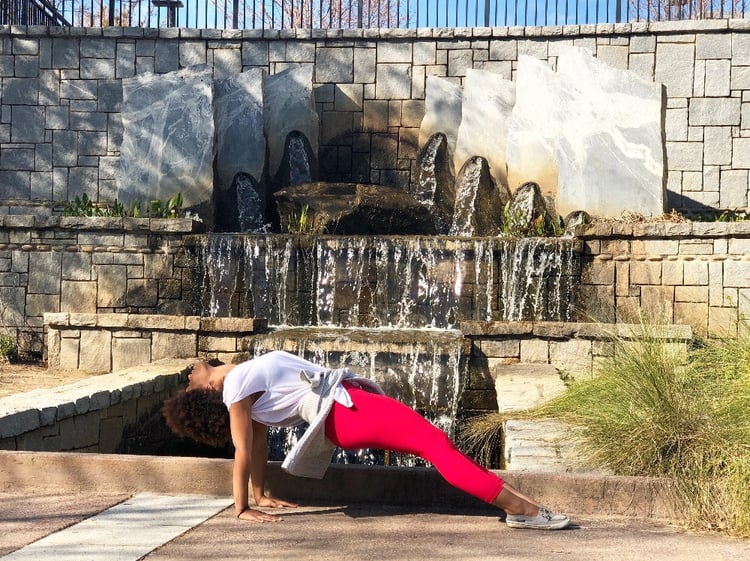
#6 Acknowledge Past Mistakes and Make Repairs
Many people who offer safe and inclusive retreats have made some mistakes in the past. Even with the best of intentions, things will happen.
Learning from those mistakes and adjusting your process will take time but owning up to those mistakes will leave a lasting impression on future participants.
As you invest your time and energy in making your retreat center a safe space for all, be sure to give yourself grace. If you or any of your staff make a mistake, acknowledge it with kindness and then be willing to learn what’s needed to make the proper repairs. It could be as simple as a personal apology, or maybe something bigger. What matters most is that you engage with and learn from whatever happens in a timely and clear manner to show your team, and your guests, that you know it matters.
Final Thoughts: Creating Safe and Inclusive Retreats
While there is no magic wand you can wave to make everyone feel included right away, these steps can have a powerful impact on making truly inclusive retreats possible.
First, look to diversify your organizational leadership so you have a broad range of voices making decisions. Then, assess your current operations for general accessibility. Training your staff to be as welcoming as possible goes a long way, and this includes honoring and giving credit to wisdom and practices borrowed from other cultures.
Actively pursue a diverse array of teachers and facilitators to bring their voices and gifts to host at your retreat center. Lastly, everyone makes mistakes; acknowledge and seek repair when you unintentionally exclude or create a divide.
We know how rewarding it is to see your guests have an enjoyable time partaking in all that you have to offer. Make your retreats feel like a safer, more inclusive space for a diverse range of people by taking the steps above, and you can share the joy and beauty of your retreat center sanctuary more widely.

